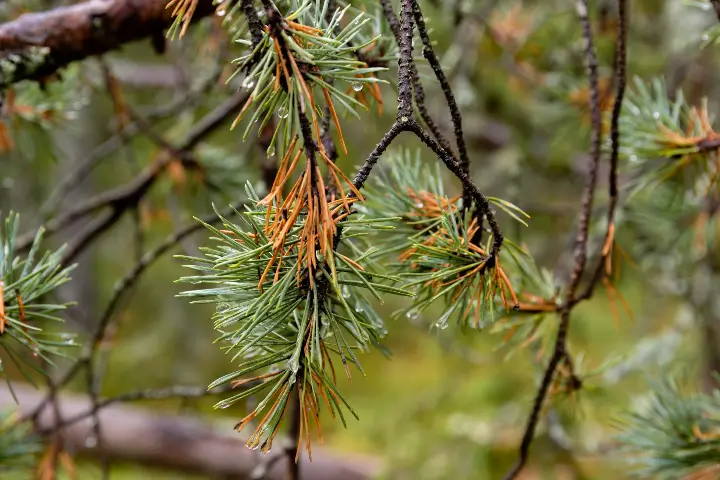
Despite their formidable appearance, trees are not impervious to the risks posed by various pests and diseases. These threats can manifest in multiple forms, ranging from harmful insects to fungal infections and bacterial diseases. Beyond the visible damage, which may include wilting leaves, discoloration, or the presence of cankers and lesions, these infestations can jeopardize a tree’s very existence or compromise its structural integrity. Professional intervention is crucial, as it not only addresses immediate concerns but also plays a vital role in preventing the potential spread of devastating diseases that could impact not only individual trees but the overall health of your landscape.
Baker Tree Services‘s tree experts have taken the initiative to create this comprehensive guide on common tree pests and diseases in Western Maryland, to provide you with useful insights and assistance.
Recognizing Common Tree Pests and Diseases in Western Maryland
Recognizing pests and diseases promptly is crucial for preventing significant damage to trees. The sooner the problem is addressed, the faster and more effortlessly your landscape can bounce back. Timely intervention not only mitigates the immediate impact but also promotes the long-term health and resilience of your trees, ensuring a thriving and vibrant outdoor environment for years to come.
Take proactive measures by familiarizing yourself with the most frequent tree pests and diseases in Western Maryland. Learn how to identify some of the more common culprits we have listed below:
- Sudden Oak Death: Oak trees in Western Maryland are under siege from a destructive pathogen-driven disease, caused by the water mold, Phytophthora ramorum. This menace leads to dieback and mortality, emphasizing the urgency of early detection and strategic management. The prompt implementation of these measures is vital to alleviate the disease’s impact on local forests and landscapes, safeguarding the presence of these iconic trees for the benefit of generations to come.
- Emerald Ash Borer: The Emerald Ash Borer is a beetle native to Asia that has become an invasive threat, posing a grave danger to ash trees nationwide. Its larvae tunnel under the bark, disrupting nutrient flow and causing tree decline. The rapid spread of this pest calls for vigilant monitoring and prompt treatment to safeguard ash trees, which play a crucial role in Western Maryland‘s ecosystem.
- Spotted Lanternfly: This invasive pest is wreaking havoc on a range of trees and plants. Adult flies sport vibrant red wings with distinctive black dots, while young ones may appear black with white spots during certain seasons.
- Deer: Larger animals can also become a nuisance. In Western Maryland, deer are known to feed on bark, twigs, and leaves. To address this issue, contact Baker Tree Services and explore exclusion methods.
- Winter and Gypsy Moths: Caterpillars pose a risk by devouring leaves. Despite their invasive tendencies, systematic extermination efforts have significantly reduced their prevalence.
- Needle Cast: Needle Cast is a fungal disease that impacts spruce, pine, Douglas fir, and true fir trees. The disease spreads through spores, causing the needles to turn brown and drop from the trees.
Need a Tree and Plant Healthcare Estimate?
Click below to leave your information and we will call you right back!
Ready to schedule your tree & plant care service?
Leave your information below and we will give you a call back.
*During normal business hours. After hours calls will be returned the next business day.
What are the Signs of Pests and Disease on Trees?
Accurate pest identification requires expertise, but recognizing early signs of damage can be done without specific knowledge. Taking immediate action is crucial to prevent the escalation or spread of these potential threats.
If you observe any of these symptoms, a professional arborist’s inspection is highly recommended:
- Bite marks on leaves or wood
- Yellowing or dying leaves, needles, or branches
- Hollow areas in the trunk or branches
- Bark damage
- Accumulation of sawdust or frass on the ground
- Excessive sap or resin production
- Canker sores or lesions
- Premature leaf shedding or failure to bloom
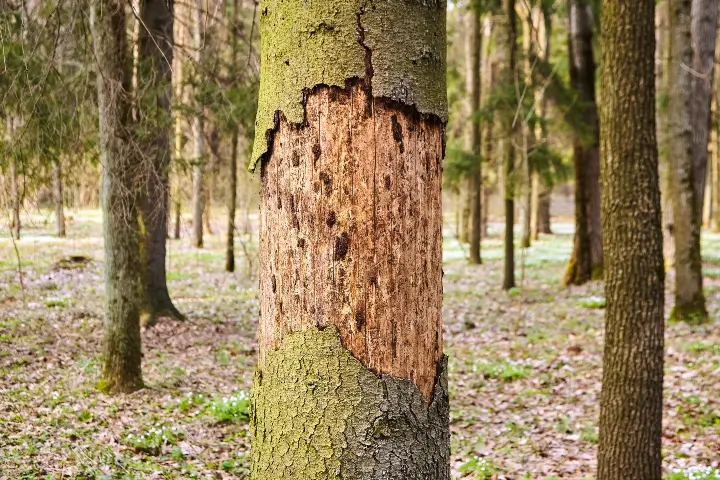
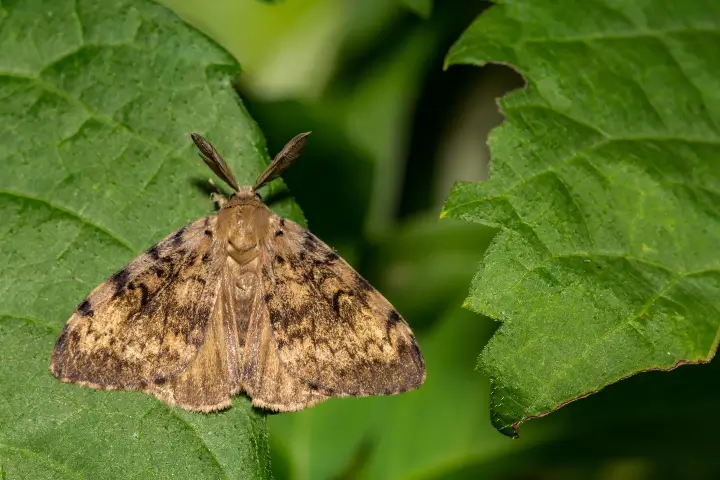
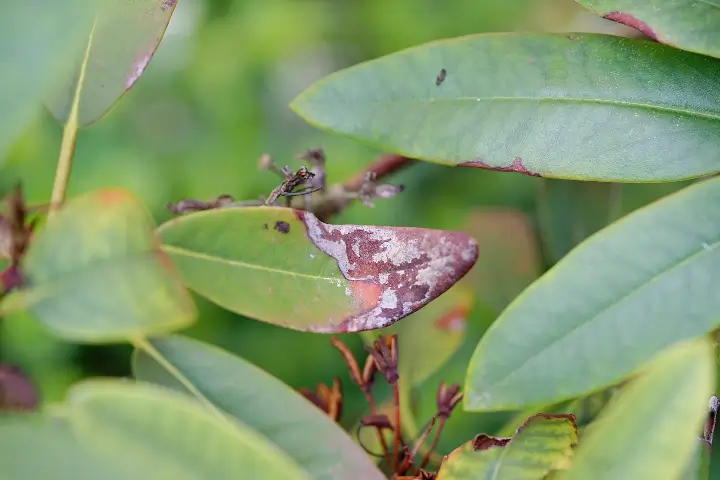
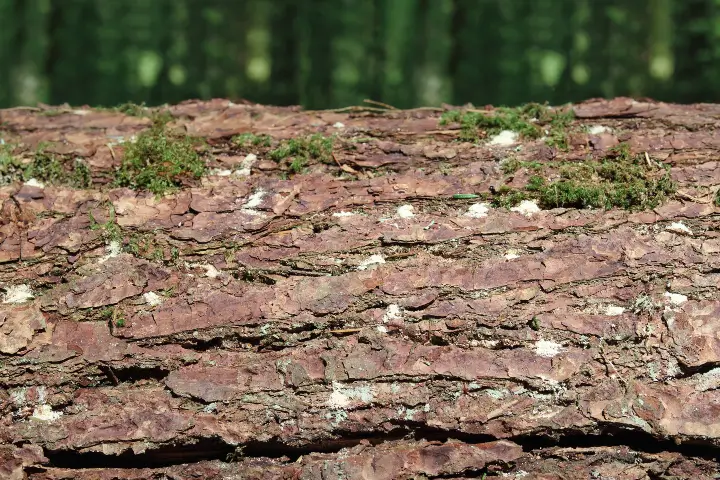
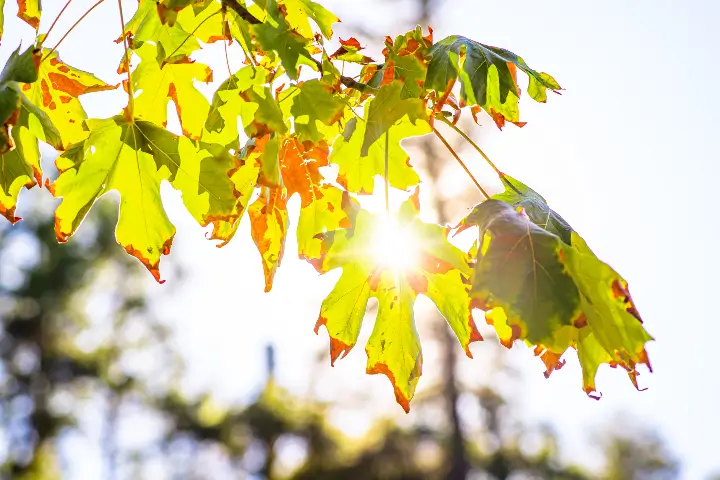
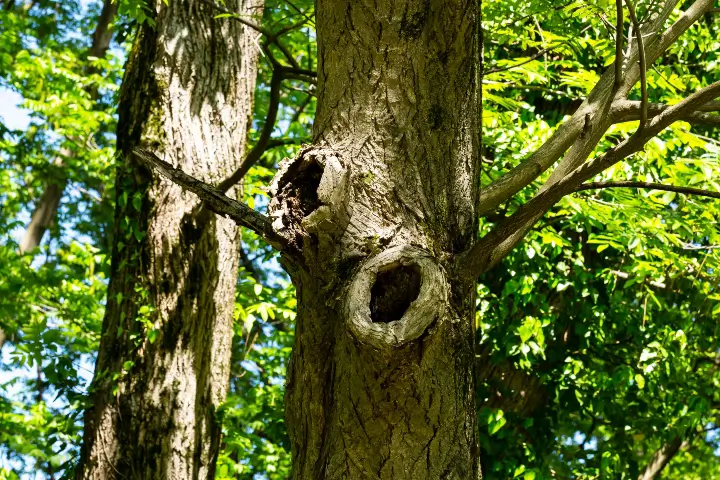
Tick and Mosquito Control Through Tree Care
Health risks to humans and pets can arise from certain pests that inhabit trees. Ticks and mosquitoes, for instance, are notable carriers of dangerous diseases such as malaria and Lyme disease. Managing them involves strategic tree care practices. By adopting measures that target the habitats and breeding grounds of these pests, you can significantly reduce their populations.
Our knowledgeable team can craft a personalized pest prevention strategy that includes identification and specialized spray treatments, safeguarding the health of your landscape.
Tree Pest and Disease Prevention Solutions
Pests persistently present challenges, particularly in outdoor settings, making effective management an ongoing endeavor. The dynamic nature of outdoor environments means that new pest challenges may arise over time, requiring continuous vigilance and adaptability. Whether you’re currently addressing an infestation or looking for proactive protection, trust Baker Tree Services‘s experts to be your trusted allies.
Our ISA-certified arborists, with over 20 years of experience, possess the expertise to identify and treat local pests and diseases. Ensuring your safety is our top priority, and we employ premium products and techniques to treat your trees and landscape.
For additional information on tree pests and diseases or if you have any concerns about a tree on your property, reach out to Baker Tree Services today without delay.
Back to Tree and Plant HealthcareCommon Tree Pests and Diseases in Frederick County
Serving the Frederick County and Hagerstown Metro Area
Frederick | Ballenger Creek | Mt. Airy | Westminster | Fairfield | Carroll Valley
Gettysburg (PA) | Hagerstown | Waynesboro (PA) | Myersville | Smithsburg | Emmitsburg | Taneytown
Home » Tree and Plant Healthcare » Common Tree Pests and Diseases



